In the realm of video and audio capture, choosing the right capture card is crucial for achieving optimal results. One key factor that sets capture cards apart is the presence or absence of Loop-In/Loop-Out functionality. In this blog post, we'll delve into the distinctions between these two types of capture cards and guide users on how to make an informed choice based on their specific needs.
Capture Cards without Loop-In/Loop-Out Functionality: Simplified Input and Output
For users with more straightforward capture needs, capture cards without Loop-In/Loop-Out functionality provide a streamlined solution. These cards typically offer standard input and output interfaces for direct connections to cameras, audio devices, and other sources. While lacking the advanced features of Loop-In/Loop-Out cards, they remain effective for basic capture and transfer of signals to a computer for processing.
Capture Cards with Loop-In/Loop-Out Functionality: Enhancing Connectivity and Monitoring
Capture cards equipped with Loop-In/Loop-Out functionality offer a versatile set of features for users seeking advanced connectivity and monitoring capabilities. The "Loop In" feature allows users to introduce external signals into the system through the capture card without disrupting the primary signal flow. This proves invaluable for monitoring purposes or when connecting to other external devices.
On the other hand, the "Loop Out" feature enables users to output processed or original signals from the capture card to external devices such as monitors or recording equipment. This feature ensures flexibility in signal routing, making it an excellent choice for scenarios where signal monitoring or further processing is necessary.

When faced with the decision of choosing between capture cards with or without Loop-In/Loop-Out functionality, users should consider their specific requirements and use cases. Here are some key factors to help guide the decision-making process:
- Advanced Connectivity Needs: If users anticipate the need to introduce external signals for monitoring or wish to route signals to external devices, a capture card with Loop-In/Loop-Out functionality is the preferred choice.
- Simplicity and Basic Capture: For users with straightforward capture needs, such as direct connections to cameras or audio sources without the need for advanced signal routing, a capture card without Loop-In/Loop-Out functionality may be more cost-effective and efficient.
- Budget Considerations: Capture cards with Loop-In/Loop-Out features may come with a higher price tag due to their advanced capabilities. Users should weigh the added functionality against their budget constraints.
- Future-Proofing: Consideration should be given to future needs. If there's a possibility of evolving requirements, opting for a capture card with Loop-In/Loop-Out functionality ensures a more adaptable and future-proof solution.
In conclusion, the choice between capture cards with or without Loop-In/Loop-Out functionality ultimately boils down to the user's specific needs and preferences. Understanding the intended use case and balancing it against factors such as budget and future requirements will empower users to make an informed decision and select the capture card that aligns perfectly with their objectives.

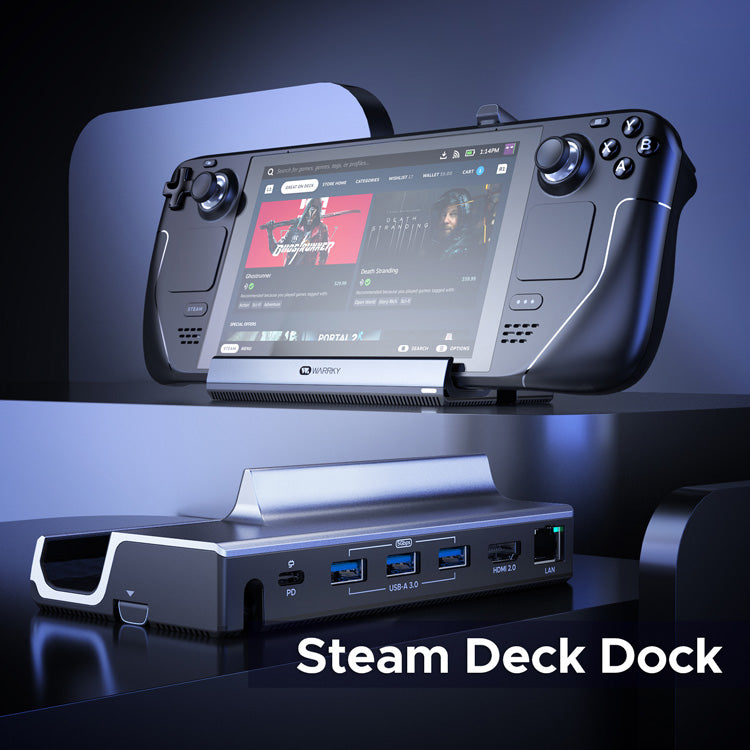
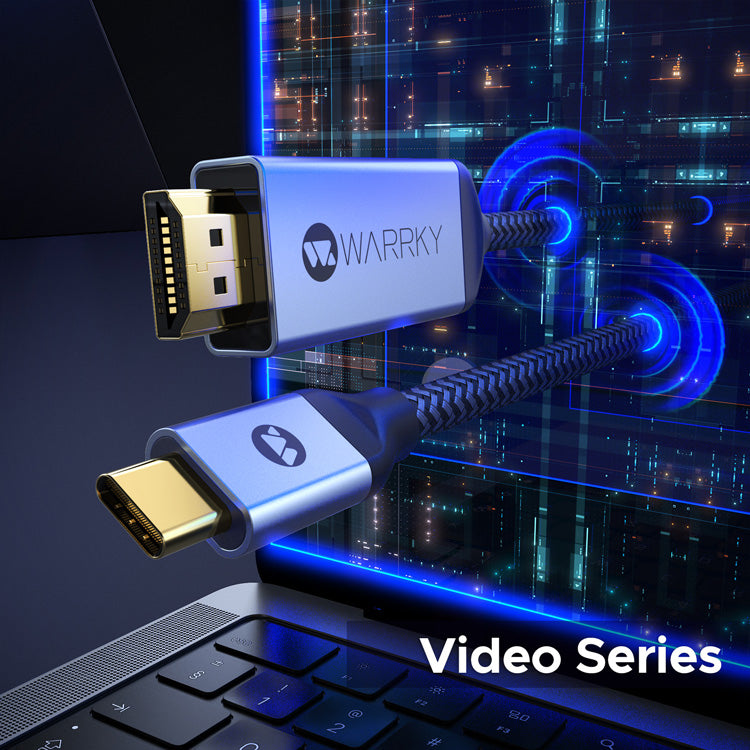
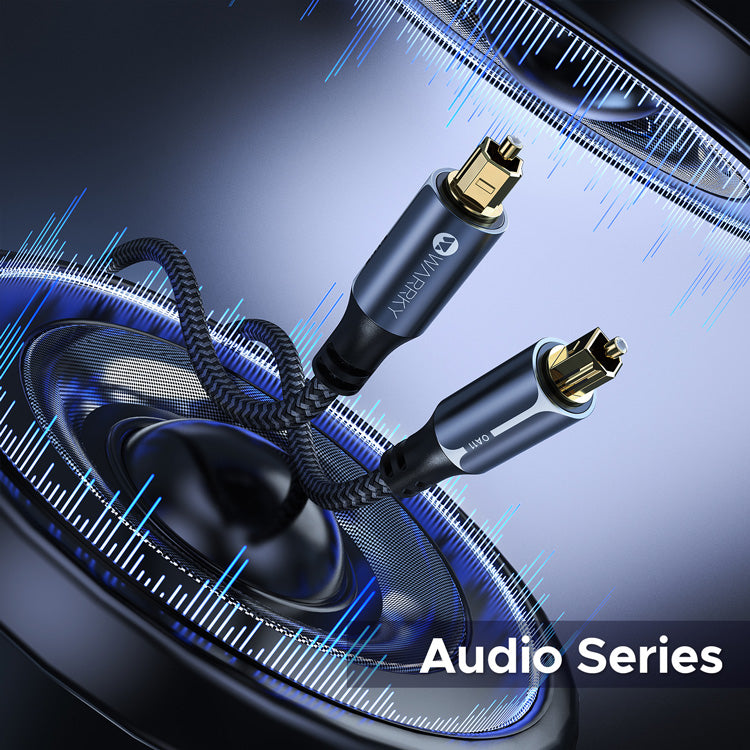
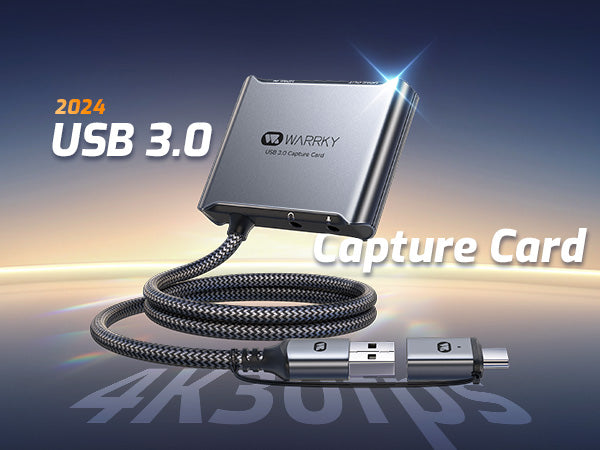
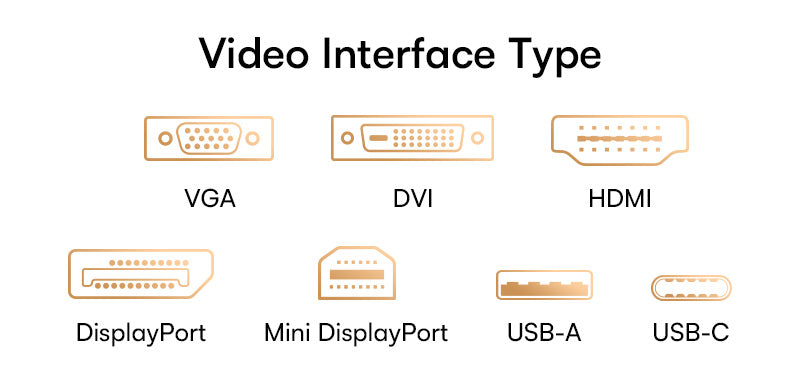
Leave a comment
All comments are moderated before being published.
This site is protected by reCAPTCHA and the Google Privacy Policy and Terms of Service apply.